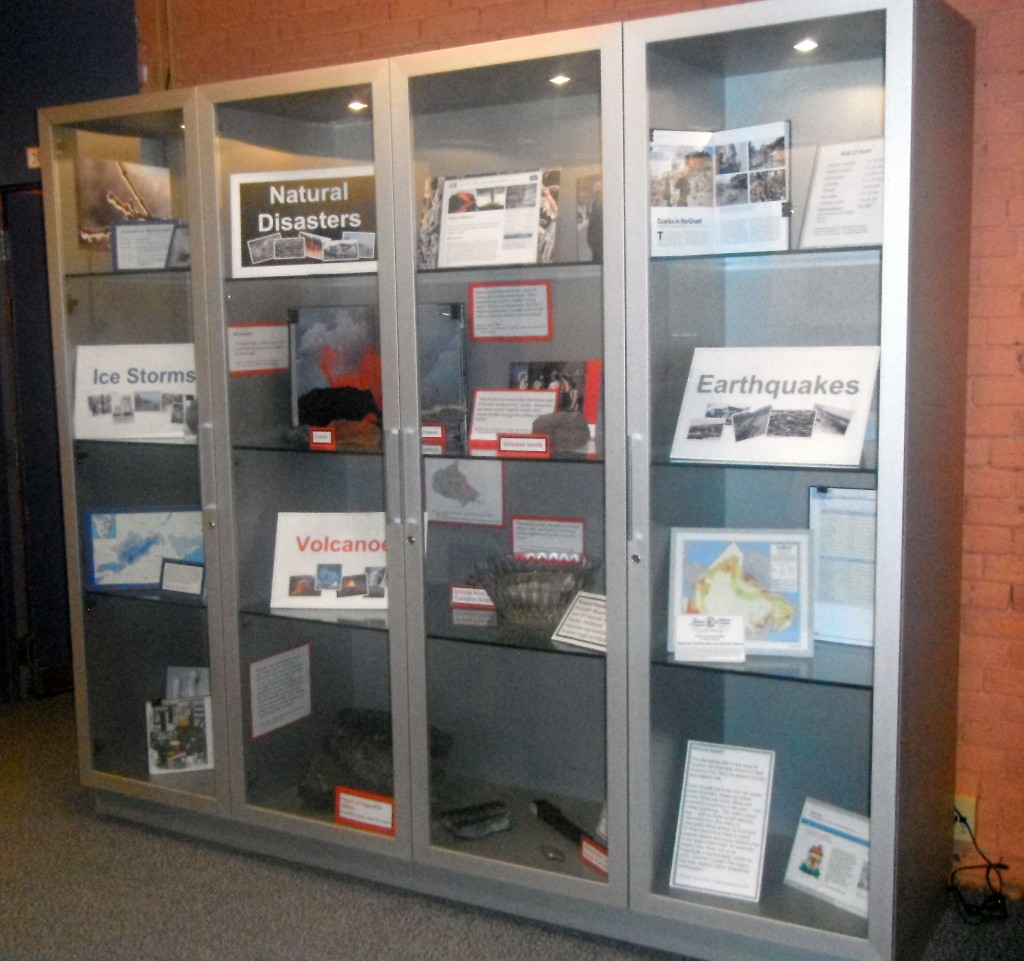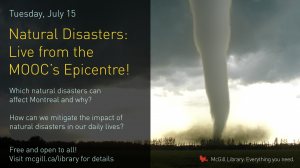I am late on the bandwagon, but I recently read in greater detail about the new Maglev train technology, and I can safely say that I am simply marvelled.
Maglev (short for magnetic levitation) trains could truly revolutionise transportation of the 21st century, using the basic principles of magnets and electromagnetic propulsion. There are three components to the system: a large electrical power source, metal coils lining a track/guideway, and large guidance magnets attached to the underside of the train. The magnetic field created by the electrified coils in the walls and the track combine to propel the train. (Side note: Japanese engineers are actually developing a technology called an electrodynamic suspension system, which is based on the repelling force of superconducting magnets, therefore eliminating the need for a power supply. It remains expensive as of now, but looks promising.)
A huge advantage of these trains (apart from higher speeds and low maintenance costs)? The positive environmental impact. Indeed, they lack engines, thus eliminate the need/use of fossil fuels.
The first commercial maglev train made its test debut in Shanghai, China, in 2002. The Shanghai Transrapid line currently runs to and from the Longyang Road station at the city’s center and the Pudong airport. Traveling at an average speed of 430 km per hour, the 30 km journey takes less than 10 minutes on the train (as opposed to an hour-long taxi ride!).
Right now, the best maglev train reaches speeds exceeding 400 kilometres per hour. But Deng Zigang, a professor at Southwest Jiaotong University in China believes that these trains can go even faster (as if that wasn’t fast enough already!). Indeed, much of the energy used to propel the train is wasted battling air resistance. Thus, by placing a maglev train inside a vacuum tube, we could virtually eliminate speed’s worst enemy and allow the train to rocket along guideways at 3,000 km per hour.
Just when we feel like we’ve seen/invented it all, new engineering marvels arise. I am exited to see what the future holds for this train technology.
(Source: IEEE Spectrum July 2014 issue)


